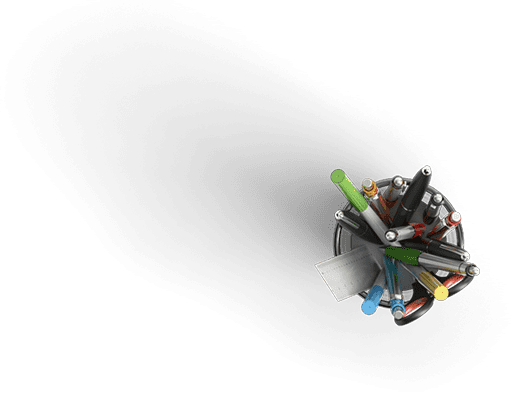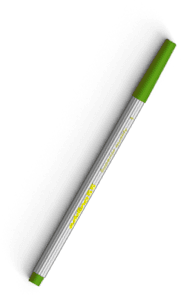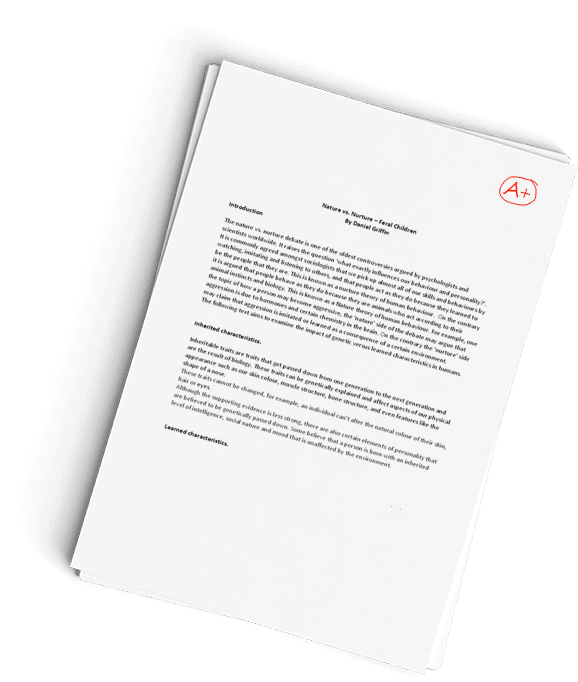Trident Organizations business processes & IT Systems Relationships SLP Paper
You have already done this.
The organization we are going to use is Imit Art here is the website: https://www.imitsart.com/
Module 1 – SLP
Organizations, business processes, and IT systems relationships.
This SLP assignment focuses on demonstrating practical application of the concepts discussed in a case. The student will demonstrate understanding of what organizations and businesses process, and discuss the relationship between organizational structure and business processes. The discussion is one from a practical perspective.
Paste these instructions on the cover page of your paper, using a small font.
After reviewing the required reading for this module (and if you have time, the optional reading), and using the work completed in the case, select a specific organization and write a 3-page paper addressing the following:
- What does the organization do? (i.e., What types of products or services does it provide?) Note that the organization could be For-Profit, Non-Profit, or Government.
- What is the structure of this organization? Why do you think it was selected?
- Discuss one or more high level processes the organization accomplishes? Which department do you think is the lead for this process?
- Discuss one or more information technology systems used to accomplish the processes identified in c above. Why do they use information technology? Who are the participants that use the identified tool?
You are encouraged to use the SAME terms and sources as the case for the generic parts of your paper and specific sources related to the organization you identified, if they are publicly available.
SLP Assignment Expectations
Submit a 3-page paper (excluding cover sheet and references, figures, sections with bullets, and tables) double spaced, no extra spaces, and 1-inch margins, that answers the questions using most of the required reading and if possible the optional reading and one outside reference.
The paper will have a proper main heading stating the name of the class, module number, and title of the paper. The paper will also have an introduction that states the purpose of the paper and what will be answered, as well as section headings that guide the reader throughout the evolution of the discussion.
Quotations should only be used for definitions so that the student can demonstrate the ability to synthesize and articulate knowledge from the required reading.
All assertions and key discussion points are properly cited using APA format. In other words, any sentence or paragraph that contains material derived or synthesized from the background reading or other sources will be cited. References are in APA format. All references are cited at least once.
Module 1 – Background
Organizations, business processes, and IT systems relationships.
Search Terms:
- Definition of an Organization
- Definition of Business Process,
- Matrix Functional Divisional Organization.
Required Reading
- Merton, R. K. (1957). Bureaucratic structure and personality. Social Theory and Social Structure; Read the first 2 sections of the article. New York, Free Press, retrieved July 4, 2017 from:
http://www.sociosite.net/topics/texts/merton_burea… - Ouchi, W. G. (1980). Markets, Bureaucracies, and Clans. Administrative Science Quarterly, 25(1), 129-141.
Specifically read the section labeled The Nature of Organization starting on page 129. You are NOT required to read the rest of the paper.
- Jensen, M. C. (1983). Organization Theory and Methodology. Accounting Review, 58(2), 319-339.
Specifically, read section IV.A, Dimension of Organizations and V The Nexus of Contracts View of Organizations. You are NOT required to read the rest of the paper. - Kribikova, P. (2016). Organizational structure and performance. Aktual’Ni Problemy Ekonomiky = Actual Problems in Economics, (175), 109-118.
- Moldovan-Borsos, R., & Matei, C. (2016). Organizational structure in impasse. Electrotehnica, Electronica, Automatica, 64(2), 165-169.
- Jones, G. R. (n.d.). Organizational Theory, Design, and Change (Sixth Edition). PowerPoint briefing available through slide share.
Accessed on 15 July 2017 from: https://www.slideshare.net/anky123/ch01-6808832 - Pinto, J. K., & Morris, P. G. (2007). The Wiley Guide to Project Technology, Supply Chain, and Procurement Management. Hoboken, N.J.: Wiley. Read Chapter 4 (There is a way to down-load only this chapter).
You may want to keep this file for future reference.
- Davenport and Short. (1990). The New Industrial Engineering: Information Technology and Business Process Redesign. Specifically read the section on page 12, Definition of a Business Process. You are NOT required to read the rest of the paper.
You may want to keep this file for future reference.
- Dickson, P. (2003). The pigeon breeders’ cup: a selection on selection theory of economic evolution. Journal of Evolutionary Economics, 13(3), 259-280. Specifically, read the section titled Vertical and horizontal organization of systems of processes,” pages 264 through 268, and figures 3a-e. You are NOT required to read the rest of the paper.
You may want to keep this file for future reference.
- Kalpic, B. & Bernus, P. (2006). Business process modeling through the knowledge of management perspective. Journal of Knowledge Management, 10(2), 40-46. Specifically read the section called Business processes and business process modeling, starting on page 42. You are NOT required to read the rest of the paper.
- Davenport, T. H. (1993). Process Innovation, Harvard Business School Press, Boston, Specifically, read the definition of a process starting on page 5. Retrieved July 15, 2017 from:
https://books.google.de/books?id=kLlIOMGaKnsC&prin… - Venkatesh; V. and Bala, H. (2007). Adoption of Inter-organizational Business Process Standards in Business-to-Business. Systèmes d’Information et Management; 12(2); 53
Specifically, read the section defining a business process, starting on the 2nd paragraph of page 57. You are NOT required to read the rest of the paper
- Harris, M., & Raviv, A. (2002). Organization design. Management Science, 48(7), 852-865. Specifically, read the introduction, from page 852 to 855, and review the figures on page 853. You are NOT required to read the rest of the paper.
- Miles, R. E., & Snow, C. C. (1992). Causes of failure in network organizations. California Management Review, 34(4), 53. Specifically, read the section labeled The Evolution of the Network Firm starting on page 54 and ending on page 57.
- Business & Entrepreneurship. (n.d.). Functional vs. divisional organizational structure. Accessed on 15 July 2017 from http://yourbusiness.azcentral.com/functional-vs-di…
- Thornton, S. (n.d.). Organizational Structure of a Business. Accessed on 15 July 2017 from http://www.ehow.com/about_5387149_organizational-s…
Optional Reading
- SlideShare. (2010, April 29). Introduction to business process management. Retrieved from http://www.slideshare.net/alanmcsweeney/introducti…
- Sparx Systems UML Tutorials. (2004). The business process model. Accessed on 15 July 2017 from: http://www.sparxsystems.com/downloads/whitepapers/…
Have a similar assignment? "Place an order for your assignment and have exceptional work written by our team of experts, guaranteeing you A results."








